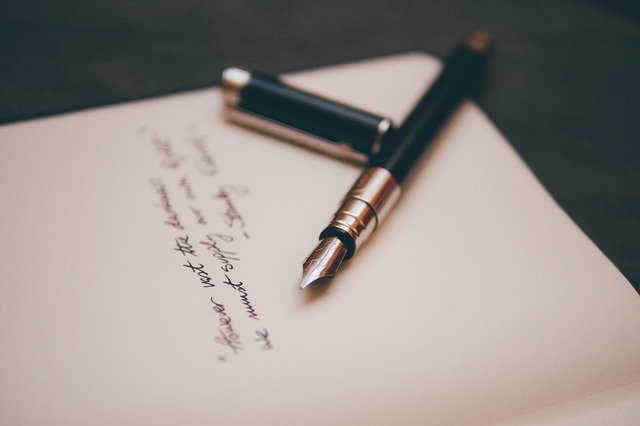
Graphology is dedicated to the study of writing.
The analysis of handwriting developed with the aim of discovering psychological characteristics of the person who writes it is called graphology . The concept is created with the union of two compositional elements: grapho- (which refers to writing) and -logy (linked to a study or a treatise).
It can be said, therefore, that graphology is the study of writing . Specifically, what is examined is the way of writing or, more precisely, the way in which the person makes the strokes of the letters. From what is observed, specialists draw conclusions about the personality of the individual.
Science, pseudoscience or art
Graphology is often a source of controversy. There are different positions about its reliability and its method , with defenders and detractors.
For the Royal Spanish Academy ( RAE ), according to the definition presented in its dictionary, graphology is an art . It can be understood, in this sense, that it is a skill (the ability to know psychological traits from handwriting) or a set of rules (those that enable the generation of knowledge through the study of handwriting).
Another consideration indicates that graphology is a science or, at least, a higher level subject or subject . This is because it has a defined object of study, is based on systematized methodologies and principles and reaches conclusions that can be subjected to verification.
The National University of La Matanza , in Argentina , teaches a course in graphology , for example. Also in Argentine territory, the Emerson Higher Institute offers a tertiary-level degree that provides an official degree of national validity: the graduate becomes a Higher Technician in Official Graphology .
Those who reject the relevance of graphology, on the contrary, claim that its method is not rigorous and that the results of its studies are imprecise and too general.

According to graphology, it is possible to obtain knowledge about an individual's personality by analyzing their handwriting.
Graphology and calligraphic expertise
It is important not to confuse graphology with calligraphic expertise . While graphology is the subject of debate, calligraphic expertise is an auxiliary discipline of criminology that is based on scientific evidence.
Criminalistics is dedicated to investigating the signs of an alleged crime to gather all possible information about the incident itself and about the victim. In its task, it uses different methods, procedures and disciplines, such as calligraphic expertise, which determines the authenticity of a document by examining the strokes, paper, ink, etc.
The calligraphic expertise, therefore, does not provide data on personality. That is the purpose of graphology, although, as we have already seen, its conclusions are usually contested or considered anecdotal.
Uses and areas of application
The size, shape and inclination of the letters; the link between them; and the speed and pressure of the stroke are some of the issues analyzed by graphology. From these observations, the graphologist indicates whether the person who wrote is disciplined, introverted, extroverted, calm, creative, aggressive, etc.
Many times graphology is used in the human resources field of a company to decide whether an applicant is suitable or not for a certain position. Graphology can also be used in couples therapy , to mention another possibility.
